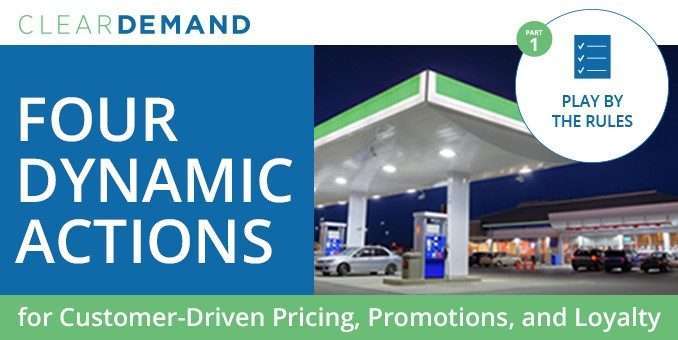
C-Store prices send important messages about how you do business. How would your customers react if same brand of energy drink cost more per ounce for the 12-ounce can than the 8 ounce can? What if that 12-ounce can is less expensive at the grocery store across the street? Some purchasers may not notice the discrepancies. Others will wonder if you’re trying to manipulate them.
For America’s 155,000 C-Stores, every retail pricing decision is bounded by a variety of hard and soft constraints, such as price gaps between brands or sizes, competitor prices, margin targets, regulatory requirements (like state minimums), price parity across size, management-defined price zones, and promotional frequency and discounts.
Since store price changes in key controlled categories like tobacco and beer can be strictly mandated by complex local regulations and tax rules, a pricing system must be both effort-saving and highly accurate to be embraced by a convenience store organization. In many other departments, like food service and packaged beverages, competition and margin targets may be greater priorities.
Hundreds of pricing rules may apply in a typical C-Store and keeping them all in line all the time is one of the biggest challenges in the business. Hit the mark consistently, and shoppers get the message that your store is a reliable, trusted place to purchase items they want and use every day.
Miss the mark too often and shopper alternatives are nearly unlimited – competing C-Stores, fast food outlets, grocery stores, and more recently, Amazon Prime Now and online ordering services like Door Dash, GrubHub and Uber Eats.
Check the implementation boxes
The convenience store is a complex merchandising environment that demands continuous effort and energy on the part of store managers, who typically apply a mix of back office tools and spreadsheet-based processes to keep up with periodic price changes.
For the C-Store pricing executives, a more strategic approach to rules management enables stores to do this routine work consistently right. This brings significant advantages in terms of improved accuracy, timeliness, labor hours saved, and eliminating the unnecessary sacrifice of margins.
To begin with, every pricing implementation needs to check these boxes:
- Does the price comply with applicable regulations?
- Does the price meet your competitor strategy?
- Does the price conform to management’s margin standard?
Automating this process requires a system that can cope with and resolve numerous, sometimes conflicting priorities to deliver a price file that managers can trust and readily apply. To be highly effective, it should support the operational excellence needed to manage store-level pricing complexity with speed, consistency and efficiency.
An effective C-Store pricing solution should:
- Manage brand/size and competitor price differentials for maximum profit and price reputation.
- Include mechanisms for prioritizing rules and resolving conflicts, including selective “rule softening” driven by rule priority and context.
Other retailers may find the rules-first approach counter-intuitive, but C-Store executives know their stores are designed to work differently from most other retailers, so their pricing systems must be configured to sometimes put compliance ahead of pure margin goals.
